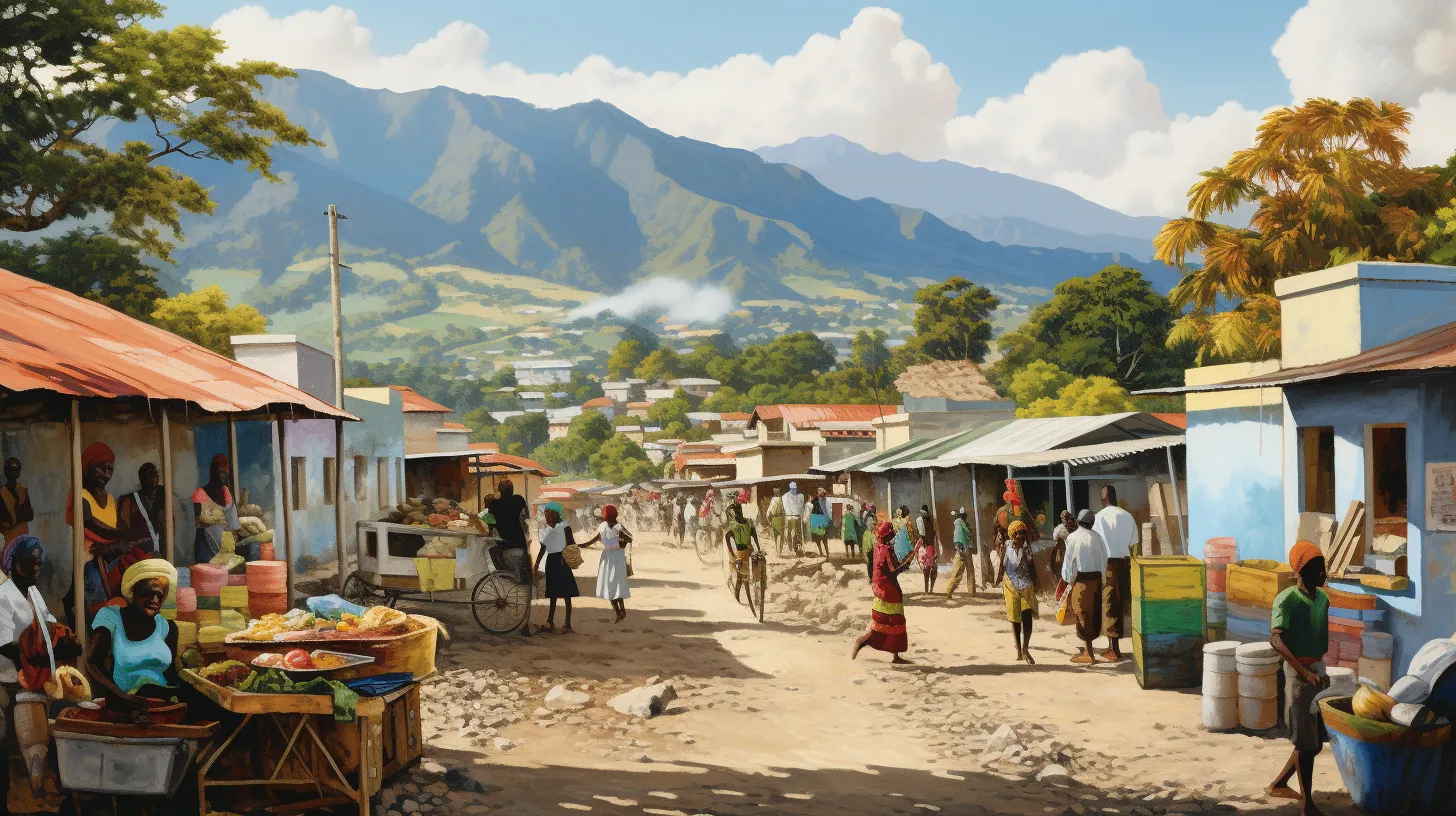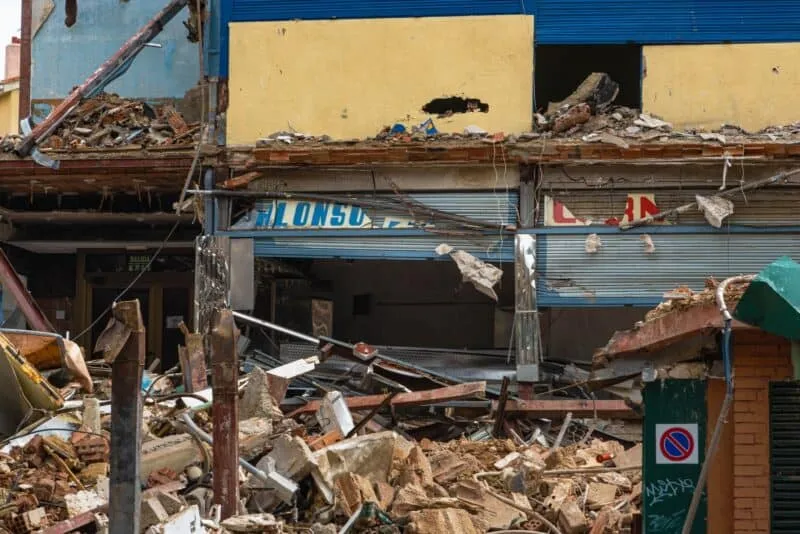Haiti is a small Caribbean nation, yet its artistic culture is one of the most lively and rich. The art of Haiti is a broad and active field that reflects the one-of-a-kind blend of cultural influences that have defined the country’s history.
This blend of influences can be seen in anything from traditional crafts to modern paintings and sculptures.
The city of Port-au-Prince is considered to be the epicenter of the art scene in Haiti because it is home to a large number of art galleries, art museums, and exhibition spaces that display the work of local Haitian artists.
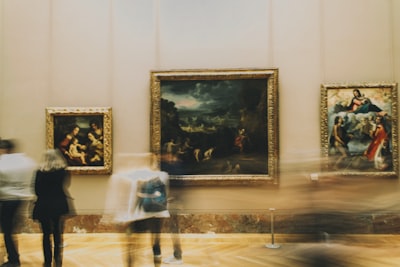
But the capital is not the only place in Haiti where one can find excellent painters, sculptors, and craftspeople at work; these artists can be found in towns all around the country.
Haitian art is the visual and performing arts made by Haitians, influenced by the country’s complicated history and cultural traditions. We design in many ways, like painting, drawing, sculpting, pottery, etc.
A Brief History of Haitian Art:
Haitian art has a long history from before the Spaniards came. Haiti’s history of African, French, and Spanish cultures, as well as the traditions of the native Tano people, greatly impacted the country’s art. Art has greatly impacted the country’s culture and politics and is known worldwide for its unique style and ability to say a lot.
List of Haitian artists in recent years
Jean-Michel Basquiat: Jean-Michel Basquiat was a Haitian-American artist who was a leader in the neo-expressionist movement in the 1980s. He is known for his expressive paintings that look like graffiti and have racial, identity, and social justice themes.
Edouard Duval-Carrié: Edouard Duval-Carrié is a painter, sculptor, and installation artist who was born in Haiti and is known for his works that deal with history, memory, and cultural form. He has shown his work worldwide and won many awards for what he has done for the art world.
André Pierre: André Pierre is a painter and sculptor known for his bright, expressive paintings and sculptures showing how people live in Haiti. He has shown his work in galleries and museums worldwide and won many awards for what he has done for the art world.
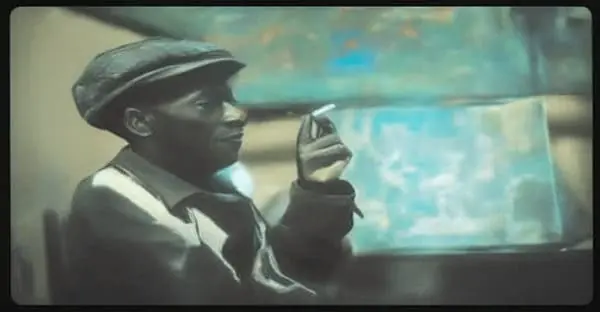
Philippe Dodard: Philippe Dodard is a sketcher known for his paintings, sculptures, and installations dealing with identity, culture, and social justice. He has shown his work worldwide and won many awards for what he has done for the art world.
Frantz Zephirin: Frantz Zephirin is a painter who is known for his bright, expressive works that explore identity, culture, and social justice. He has shown his work worldwide and won many awards for what he has done for the art world.
Préfète Duffaut: Préfète Duffaut is a painter and sculptor who is known for his bright, expressive works that show everyday life in Haiti. He has shown his work in galleries and museums worldwide and won many awards for what he has done for the art world.
Prosper Pierre-Louis: Prosper Pierre-Louis is a painter who is known for his bright, expressive works that explore identity, culture, and social justice. He has shown his work worldwide and won many awards for what he has done for the art world.
Maksaens Denis: Maksaens Denis is an artist from Port-au-Prince, Haiti, who works in many different ways. After getting his degree from an audio-visual school in Paris in 1992, he worked as a freelancer for French TV stations. Denis has also participated in several artistic residencies worldwide, including Burkina Faso, Los Angeles, Khartoum, and Montreal.
He has also put together art shows and taken part in them. In 2010, his “36 Seconds” installation at the Dakar biennale in Senegal won the Blachère Foundation prize. Denis is a respected figure in the world of moving images because of the creative ways he uses video in his art.
Pierrot Barra: Pierrot Barra was a Vodou artist and priest from Haiti known for making “Vodou Things” out of different things. In the Vodou religion, these things were used as charms or altars.
Barra and his wife, Marie Cassaise, used things like toys, fabric, glass, sequins, goats’ horns, rosaries, costume jewelry, and more to make things that they sold at the Iron Market in Port-au-Prince.
Barra’s Afro-Cuban dolls, made from old American dolls and toys and decorated with charms, glitter, sequins, beads, and crosses, were very popular with people who wanted to feel safe. He died in the year 1999.
Myrlande Constant: Myrlande Constant is a textile artist who makes flags with a Vodou theme. These flags are called drapo Vodou. She started making these flags in the 1990s and has since moved on to making “paintings with beads” on a larger scale. Constant’s skill in this medium is well known.
Spirituality and faith:
Religion and spirituality are common themes in art, which come from the country’s strong cultural traditions and beliefs. Many Haitian artists have used their art to show their faith and consider religion’s role in their lives and society.
Politics and social problems:
Haitian art has been dealing with political and social issues for a long time, and many artists use their work to talk about important problems facing the country and its people. Art has often been used to resist and protest, greatly impacting how the country is run.
Scenery and nature:
Nature and landscapes are also often a part of our art, which shows how rich and varied the country’s natural environment is. Haitians have used their art to show Haiti’s landscapes’ beauty and grandeur and look at the relationship between people and the natural world.
What is the most popular form of art in Haiti?
Painting and drawing are common ways for most Haitian artists to express themselves. They are often used to make colorful, expressive works that show the essence of Haitian culture and life.
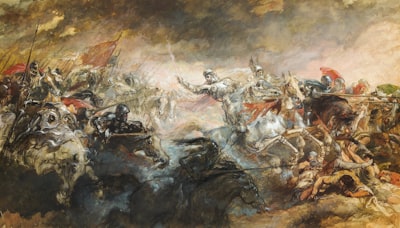
Sculpture and ceramics are also popular mediums used by Haitian artists. They are often used to make expressive, three-dimensional works that explore a wide range of themes and subjects.
How Haitian art has changed the world today
Caribbean art has had a big impact on contemporary art movements and has helped shape the direction of the art world in the 21st century. Artists have been at the forefront of many innovative and important art movements, inspiring and influencing artists worldwide.
Art is an important part of the country’s cultural heritage and plays an important role in preserving and promoting Haitian culture. Haitian art helps to keep Haitian values and traditions alive and spreads them to the rest of the world.
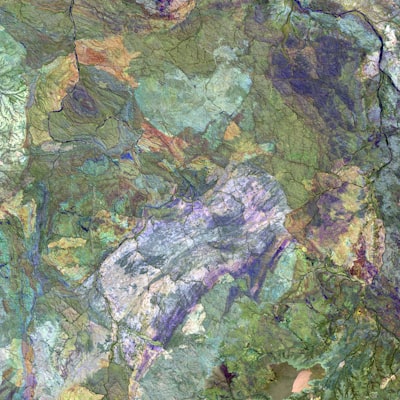
Haitian art’s continuing importance in art is still an important and influential part of the art world. They show their work in galleries and museums all over the world. Haitian art has a unique style and the ability to say a lot. This makes it an important and lasting part of the art world.
As it changes and grows, it may continue to shape the future of art. Artists are always pushing the limits of what is possible in art, and they help shape the direction of modern art movements.
They are in a good position to keep making important contributions to the art world for many years because they have new ideas and different points of view. As the rest of the art world continues to appreciate the variety and depth of our work, art will likely have a big impact on the future.


